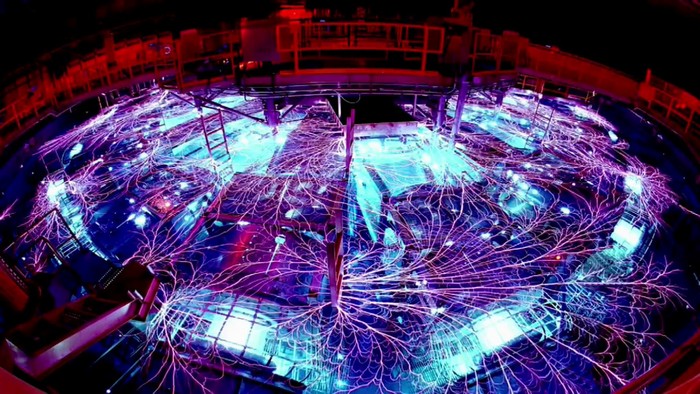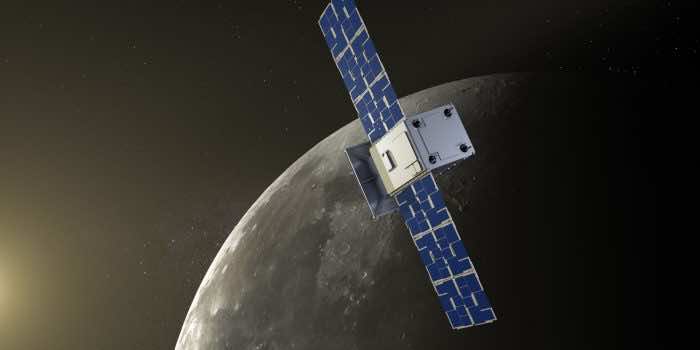Adhering to NASA’s first Artemis mission, which endeavors to send the first woman and the first person of color to the moon, Sandia National Laboratories has come up with state-of-the-art technology to develop electrical microgrids, thus supporting the existence of astronauts on the moon. This mission is expected to last for at least two months, having 14 days of the lunar night, so it is necessary to make arrangements to ensure the smooth flow of activities there. These electrical power grids will handle the power distribution on the Moon. All of the efforts of NASA behind this project contribute to the only mission, i.e., to sustain the existence of human life on the Moon, thereby ensuring the efficient flow of power transmission.

However, the immediate idea that comes to our mind as space enthusiasts is to deploy solar panels for this purpose, but according to scientists, solar panels alone are not sufficient as the Moon’s base happens to be far away from Earth, hence there is a need for an entirely different strategy this time. To achieve the end goal, nuclear reactors are thought to collaborate well in this project. What happens is that the nuclear reactors would be constructed in series for the deployment, with or without the solar panels. The decision will be made during the deployment once the development phase is completed.

One of Sandi’s electrical engineers, Jack Flicker, stated, “There are some very important differences between something like an ISS-type micro-grid and something that has the extent of a moonbase.” One of those differences is the geographic size, which can be problematic, especially when running at low DC voltages. Another is that when you start to extend these systems, there will be a lot more power electronics as well as a lot more distributed energy resources that will exist throughout the base. Sandia has been looking at micro-grids with a lot of distributed energy resources for quite a long time.”
Coupled with this, an efficient and smooth supply is needed to transmit the power rather than just setting up the system on the moon. Proper and continuous monitoring would be required now and then. Complying with these conditions, a setup consisting of two facilities will be set up at the base. The first consists of the habitat, and the other will be the fuel processing and mining unit. The grids would be assembled alongside each other in these two facilities. If you notice, the proposed system looks similar to the one that was used to power the ISS (International Space Station), but some adjustments would be made to expand the process following the conditions prevailing on the Moon.

Now, engineers have to take a standing decision whether to transmit the power on DC (direct current) or AC (alternating current) to one of the facilities. The transmission will take place only after the conversion of current and then it would be converted to direct current upon reaching the habitat – one of the facilities of control system set up on Mars.


